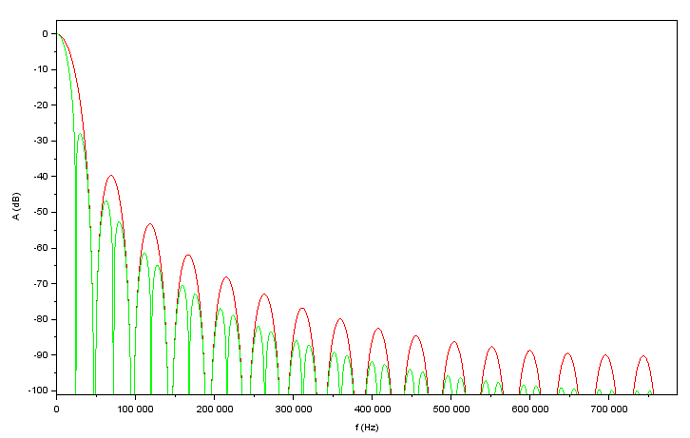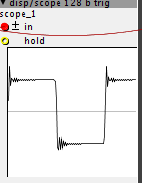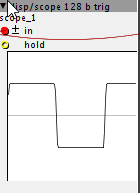I've developed an experiment with oversampling:
Searching a way to downsample efficiently (with anti-alias filtering), lead to exploring the potential benefits of a high (32x) oversampling ratio at the compromise of only 1 bit per sample resolution. This is called "PDM" - pulse density modulation, the regular digital audio format is "PCM" - Pulse Code Modulation. The term "DSD" is also used but that's a trademark name.
All sorts of square waves can be expressed nicely. Regular square waves, but also multi-PWM waves can be made by combining multiple square waves with bitwise AND and XOR functions.
At 32x oversampling and one bit per sample, a group of 32 samples (corresponding to one regular PCM sample) fits in a 32 bit integer. The 32 bits now represent time domain, the value is "meaningless". Bitwise operations like AND and XOR can just operate on 32 samples in a single instruction... A bitwise ADD can be implemented, by expanding like a logic binary (full) adder circuit can be decomposed into primitive gates.
I made a test patch containing a PDM square wave oscillator, bitwise AND/XOR, and a PDM-to-PCM converter.
The PDM-to-PCM converter uses a 3th order CIC (Cascaded-integrator-comb) filter.
The test patch is in contrib/patches/jt/devel/pdm_workbench.axp
Ideas about further applications are invited: special square oscillator shapes? Other PDM-domain generators or processing algorithms?
some references:
https://en.wikipedia.org/wiki/Pulse-density_modulation
https://www.eecs.qmul.ac.uk/~josh/documents/ReissSandler-DAFX2004.pdf
http://www.emmlabs.com/pdf/papers/DerkSigmaDelta.pdf
http://sjeng.org/ftp/SACD.pdf
CIC filter response in red, the green plot is an additional null I added at Nyquist (after downsampling).




 Any chance of development of a high quality saw osc ala the square osc?
Any chance of development of a high quality saw osc ala the square osc?